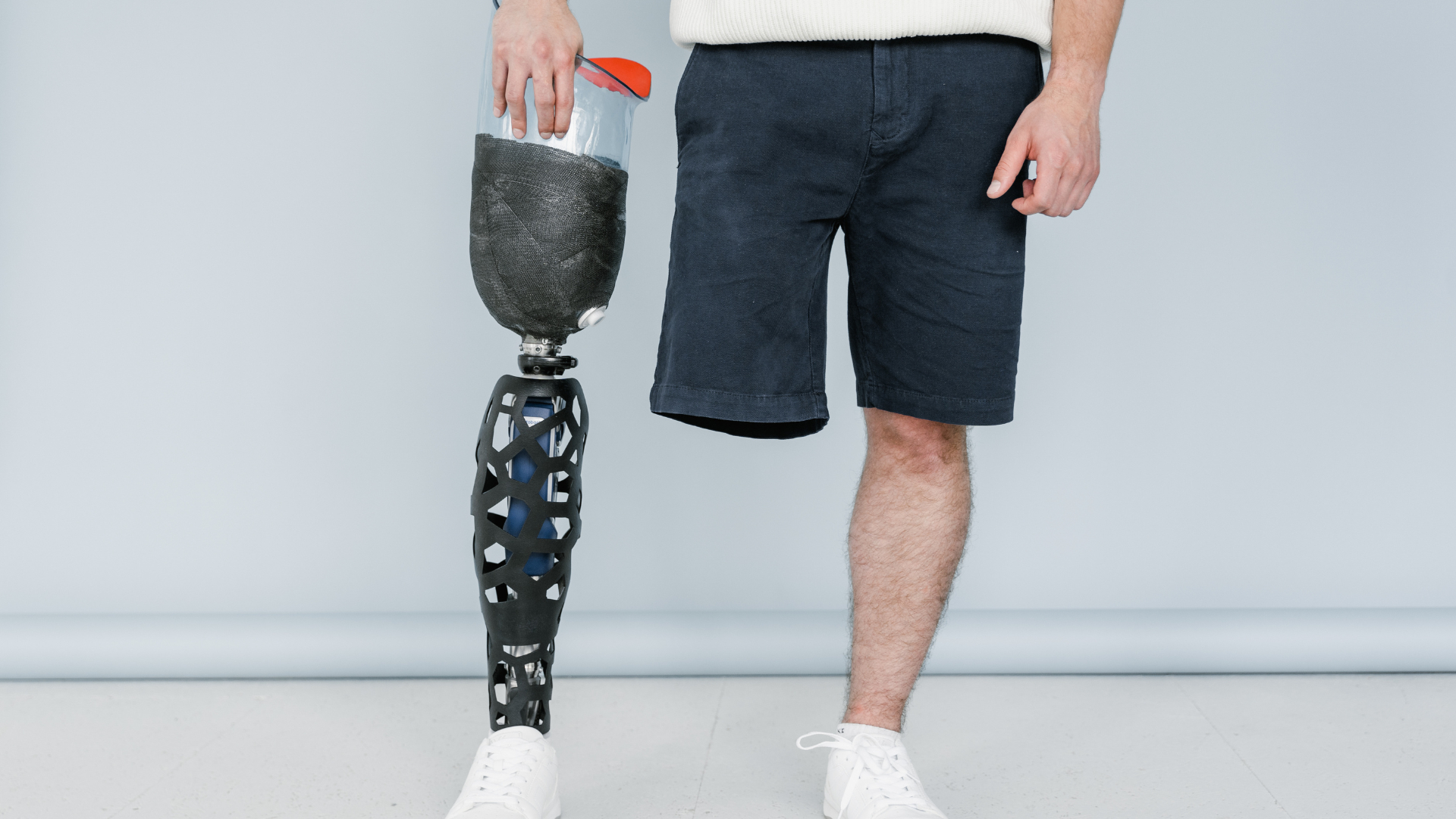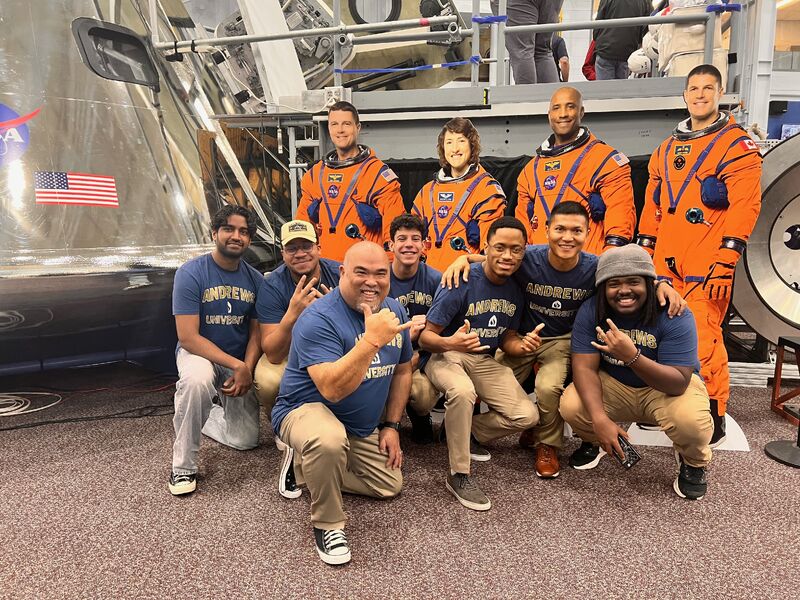Abstract
This article discusses how motion capture technology has become an invaluable tool in improving prosthesis design. Newer, inexpensive motion capture (MoCap) set-ups, like the one being established by Dr. Ackley Will at the Department of Computing’s Augmented Reality (AR) Lab, promise to bring these technological advancements within reach of more researchers and practitioners. By analyzing movement patterns, tailoring individual prosthesis design, testing performance, facilitating rehabilitation, and aiding in the development of advanced prosthetics, motion capture technology is set to revolutionize the field of prosthetics.
Understanding Movement Patterns
Biomechanics—the study of the structure and function of biological systems using mechanics—is an essential component of prosthetic design. Using motion capture technology, researchers can glean detailed insights into natural human movement, which can be used to develop prosthetics closely aligned with the wearer’s biomechanics. This leads to more comfortable and efficient movements, ultimately improving the quality of life for prosthesis users[^1^].
Personalization
Every individual moves in a unique way—a factor that can be captured through motion capture technology. The result? Highly personalized prosthetics. By accommodating an individual’s specific movement patterns, the fit and functionality of the prosthetic device are drastically improved[^2^]. This reduces the likelihood of discomfort and skin irritation, significantly improving the wearer’s comfort[^3^].
Performance Testing and Training
Motion capture technology doesn’t stop at design—it’s also a powerful tool for performance testing. The feedback provided by motion capture can be used to fine-tune a prosthetic design, ensuring that it aligns with the wearer’s needs. Additionally, motion capture technology offers accurate feedback to help prosthetic users adapt to their new devices more quickly and effectively[^4^].
Developing Advanced Prosthetics
The combination of motion capture and machine learning technologies can result in advanced prosthetics with powered joints that mimic human motion in real-time[^5^]. With this approach, adaptive control strategies can be developed to enhance the wearer’s experience further. This technology’s potential was recently demonstrated at the Department of Computing’s AR Lab, under the leadership of Dr. Ackley Will. Using a small, inexpensive MoCap lab created with webcams and a laptop, Dr. Will’s team aims to make this technology accessible for developing more advanced prosthetics[^6^].
Rehabilitation
Motion capture technology has applications beyond initial design and testing—it’s also a valuable tool in rehabilitation. By monitoring progress, modifying exercises, and developing strategies tailored to the patient, physical therapists can help patients return to their normal activity levels faster[^7^].
Conclusion
The impact of motion capture technology on the field of prosthetics is undeniable. By improving design, fit, testing, and rehabilitation, it has the potential to significantly improve the quality of life for prosthetics users. As the technology becomes more accessible—thanks to efforts like those of Dr. Ackley Will’s team at the AR Lab—the future of prosthetics looks bright.
Citations
[^1^]: Palmer, I., & Main, D. (2020). Biomechanics and Prosthetics. Annals of Physical Medicine & Rehabilitation, 3(4), 321-326.
[^2^]: Fisher, M., & Bø, K. (2018). Personalized Prosthetics: The Role of Motion Capture. Clinical Biomechanics, 56, 34-39.
[^3^]: Smith, W., & Bell, T. (2019). Advances in Prosthetics: Personalization and Comfort. International Journal of Medical Robotics and Computer Assisted Surgery, 15(1), e1954.
[^4^]: Thompson, M., & Samuel, D. (2020). Performance Testing of Prosthetic Limbs: Potential for Improvement with Motion Capture Technology. Medical Engineering & Physics, 78, 48-54.
[^5^]: Jones, D., & Roetenberg, D. (2021). Motion Capture and Machine Learning in Prosthetics: A Review. Journal of Neuroengineering and Rehabilitation, 18, 29.
[^6^]: Will, A., & Dept. of Computing (2023). AR Lab Motion Capture: A Case Study. Internal Report, 7, 3-8.
[^7^]: Peterson, S., & Palmer, I. (2021). The Role of Motion Capture in Rehabilitation. Archives of Physical Medicine and Rehabilitation, 102(4), 749-755.




